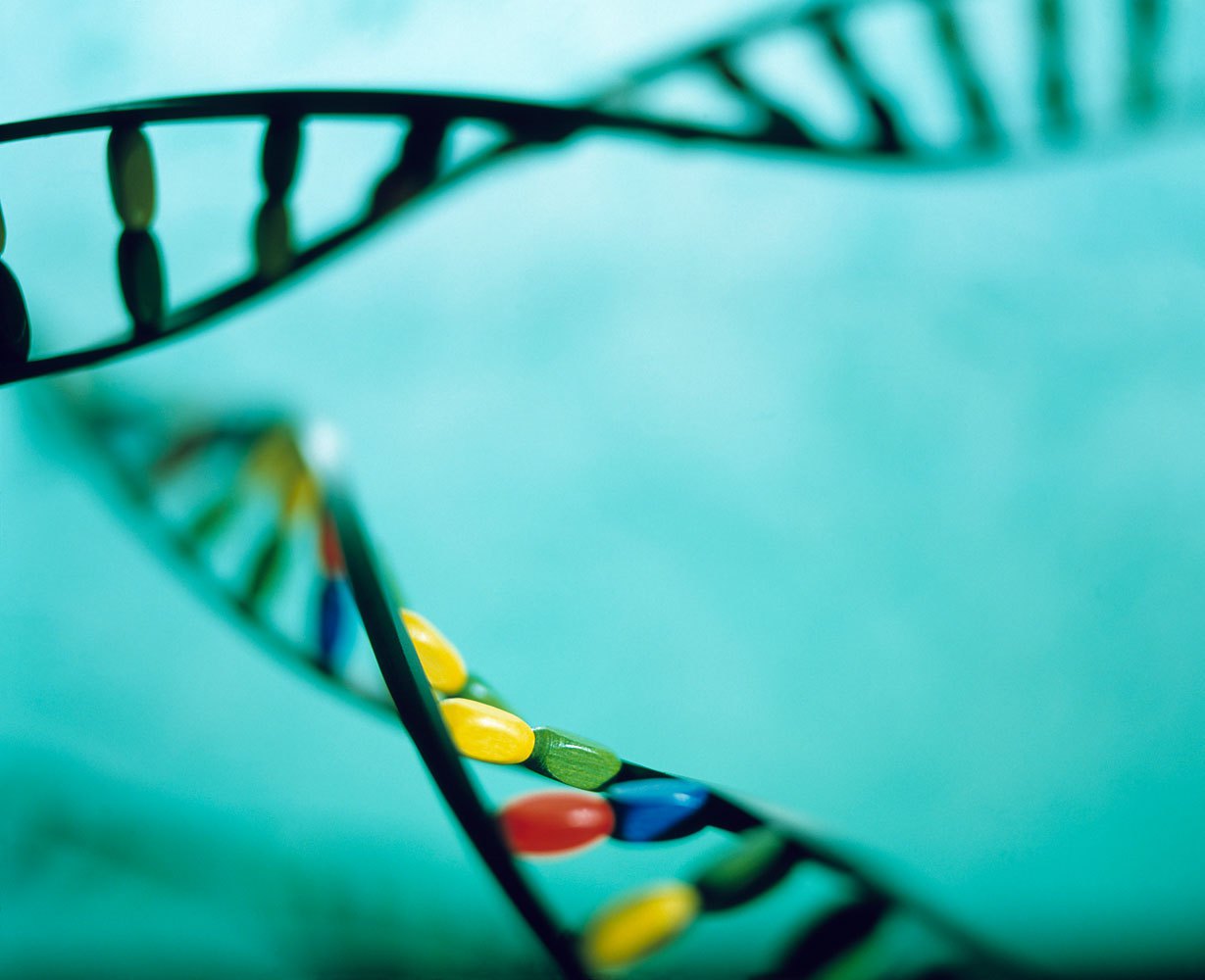
There is grandeur in the small science emerging from a select group of the world’s laboratories. This small science is about to change how we tackle our most troublesome diseases.
Gene therapy. Immunotherapy. Nanomedicine. This is what the next few decades of medicine will look like. But it isn’t coming from big pharma. It’s coming from the little guys. Small pharmaceutical and biotechnology companies, once overlooked for both their risky science and questionable market share, are revolutionizing how the industry pursues new therapies. This shift in science comes as big pharma is falling stagnant. Last year, the bulk of profits made by big pharma came from drugs approved prior to 2001. If we look at the percent of big pharma’s profits from drugs created within the last five years, the picture is grim. On average, new therapies make up only 8.3% of their profits. The patents are running out and big pharma’s science is sluggish. Now the underdogs of the industry, small pharma and biotech, are poised to take on what were once considered incurable diseases. Why are little companies succeeding while big ones are sliding? It comes down to risk.
This risk starts with the pursuit of great science. Edward Lanphier couldn’t get anyone at his company interested in a new technology capable of precisely cutting DNA so he decided to form his own. Ingmar Hoerr was a graduate student when he discovered a little known secret about our body’s genetic material. Omid Farokhzad, a researcher at Harvard Medical School, dreamed of a way of combining nanotechnology with medicine. All three of them put everything they had into one, promising piece of science. There was no room for failure.
Big pharma, on the other hand, is risk-adverse. They have good reasons for this. Bringing a new drug into the marketplace is incredibly expensive. By some estimates, it costs $350 million from the first rough experiments to final clinical trials. If you’re going to make this kind of investment you want to be reasonably sure it’s not going to fail somewhere in the middle. Even more important, you don’t want to have all your eggs in one basket. Better to spread the risk over many therapies that have both the proven technology to work and, perhaps most importantly, the right market of people who can pay for it. While this conservative mindset undoubtedly serves many industries well, for drug development it’s flawed. This is because great science is inherently risky.
In order to solve our biggest health struggles, we need daring solutions. The small science of gene therapy is a prime example of this. Gene therapy goes to the heart of how our bodies fight disease: our genes. But if we’re going to change something as essential as our genetics it needs to be done safely. This is where zinc finger nucleases have proved useful. These proteins are small, DNA cutting machines inspired by the African clawed frog. They are capable of manipulating our genes at a precise molecular level. They can free an immune system of a disease-causing mutation or, alternatively, create one that is capable of fighting back. The results have been striking. Sangamo Biosciences and their collaborators are currently testing them in clinical trials for three diseases: brain cancer, HIV, and Alzheimer’s.
Instead of cutting DNA, CureVac has found a new way to manipulate it. They target the messages genes send to control the body. The therapy acts like a double agent; substituting messages to direct the body to rout the disease. This results in an immune system that creates its own medicine. The results have been impressive, resulting in clinical trials for patients with prostate and lung cancer. They’re also evaluating the technique for rabies and the flu.
Nanomedicine is the epitome of thinking small. A company called Bind therapeutics has created nanoparticles so tiny that they surround a drug. These nanoparticles deliver the drug exactly where it needs to go in the body and keeps it there. This approach has been successful in shrinking prostate and lung cancers in clinical trials. In light of this success, Bind therapeutics decided to partner with the heavy-hitters, big pharma. These partnerships allow Bind to combine their clever delivery technology with effective drugs owned by larger companies.
Three different companies, three very different approaches, but they’re each taking on the big diseases. And these are just a few examples of the revolution happening in the drug development industry. Not all new ventures will survive; small companies, just like early experiments, are full of failure. But where these companies shine is in their pursuit of radical therapies rooted in the basic science of how our bodies fight disease. It could not be more different than the cautious, conservative approach favored by big pharma. If big pharma wants to be more than just partners in the pursuit of cures they’re going to have to get in on the game. The answers to some of the biggest medical challenges we face, cancer and infectious disease, are coming from small science. And it’s just the beginning.
Nathalia Holt is the author of Cured: How the Berlin Patients Defeated HIV and Forever Changed Medical Science.
More Must-Reads from TIME
- Why Biden Dropped Out
- Ukraine’s Plan to Survive Trump
- The Rise of a New Kind of Parenting Guru
- The Chaos and Commotion of the RNC in Photos
- Why We All Have a Stake in Twisters’ Success
- 8 Eating Habits That Actually Improve Your Sleep
- Welcome to the Noah Lyles Olympics
- Get Our Paris Olympics Newsletter in Your Inbox
Contact us at letters@time.com